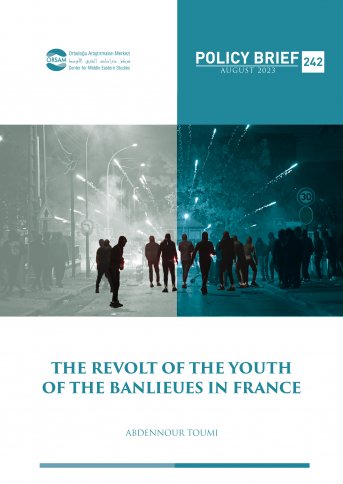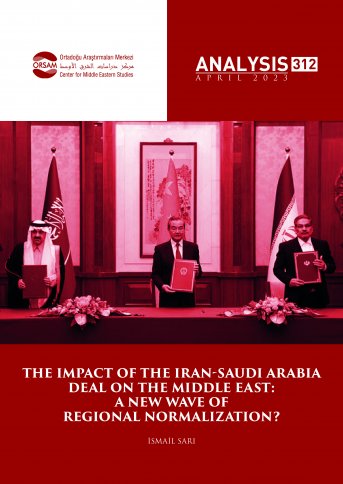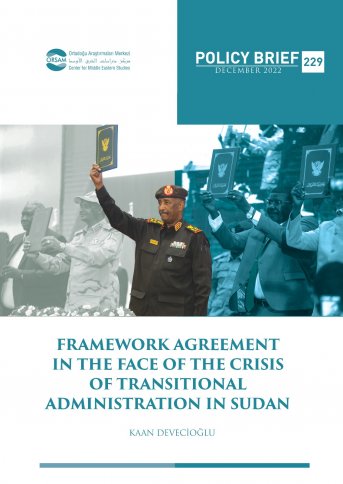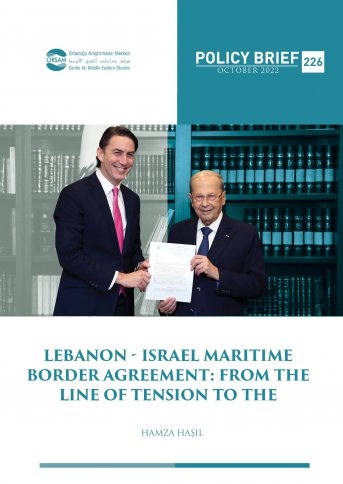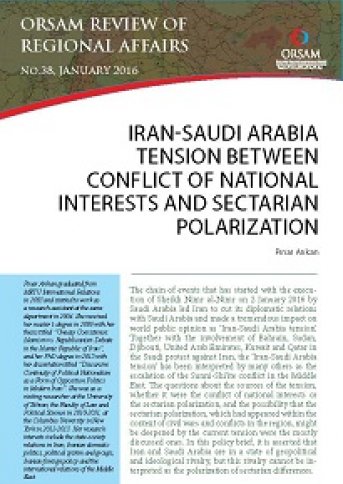
Iran-Saudi Arabia Tension Between Conflict of National Interests and Sectarian Polarization
The chain of events that has started with the execution of Sheikh Nimr al-Nimr on 2 January 2016 by Saudi Arabia led Iran to cut its diplomatic relations with Saudi Arabia and made a tremendous impact on world public opinion as ‘Iran-Saudi Arabia tension’. Together with the involvement of Bahrain, Sudan, Djibouti, United Arab Emirates, Kuwait and Qatar in the Saudi protest against Iran, the ‘Iran-Saudi Arabia tension’ has been interpreted by many others as the escalation of the Sunni-Shi’ite conflict in the Middle East. The questions about the sources of the tension, whether it were the conflict of national interests or the sectarian polarization, and the possibility that the sectarian polarization, which had appeared within the context of civil wars and conflicts in the region, might be deepened by the current tension were the mostly discussed ones. In this policy brief, it is asserted that Iran and Saudi Arabia are in a state of geopolitical and ideological rivalry, but this rivalry cannot be interpreted as the polarization of sectarian differences.

